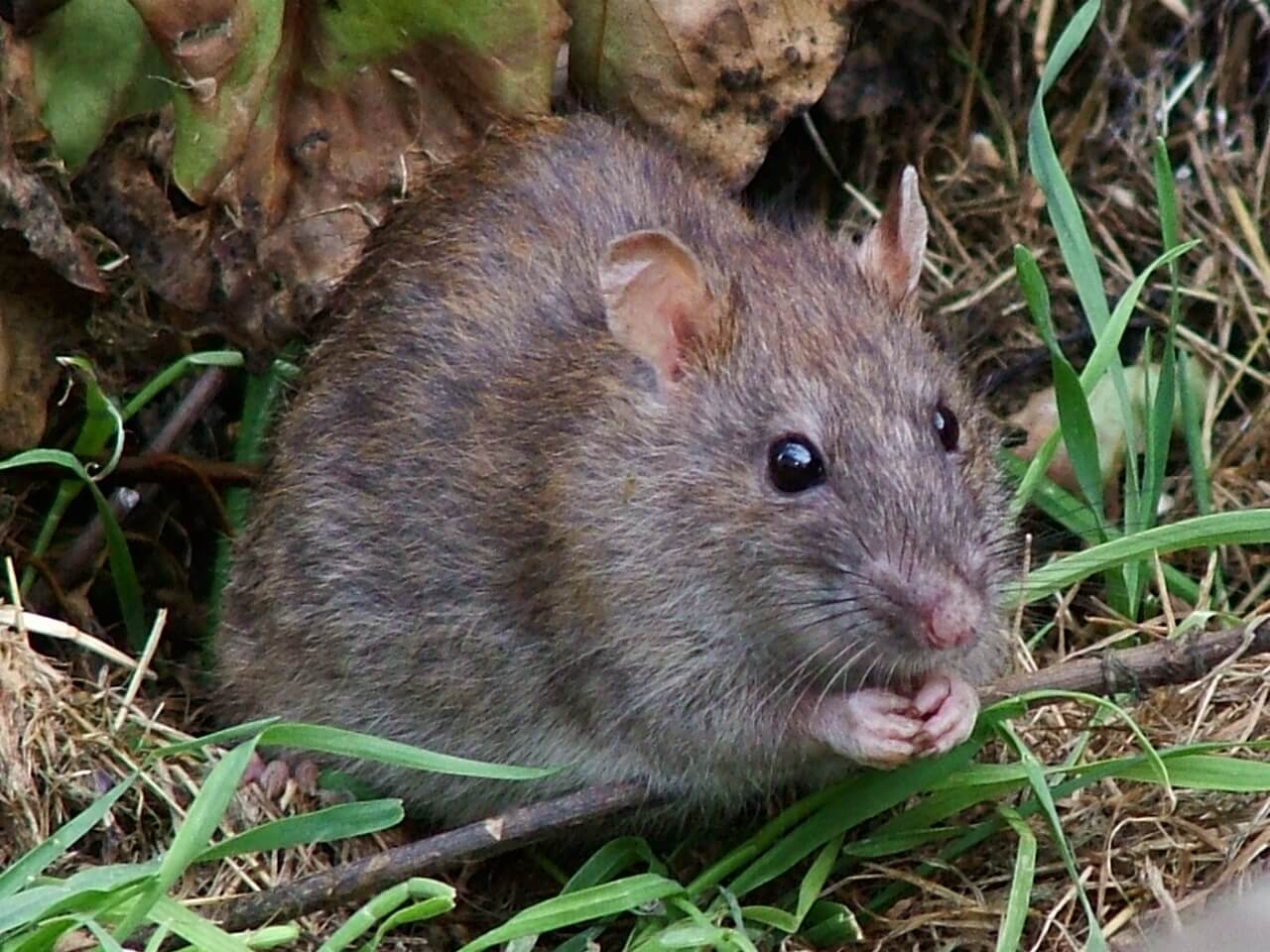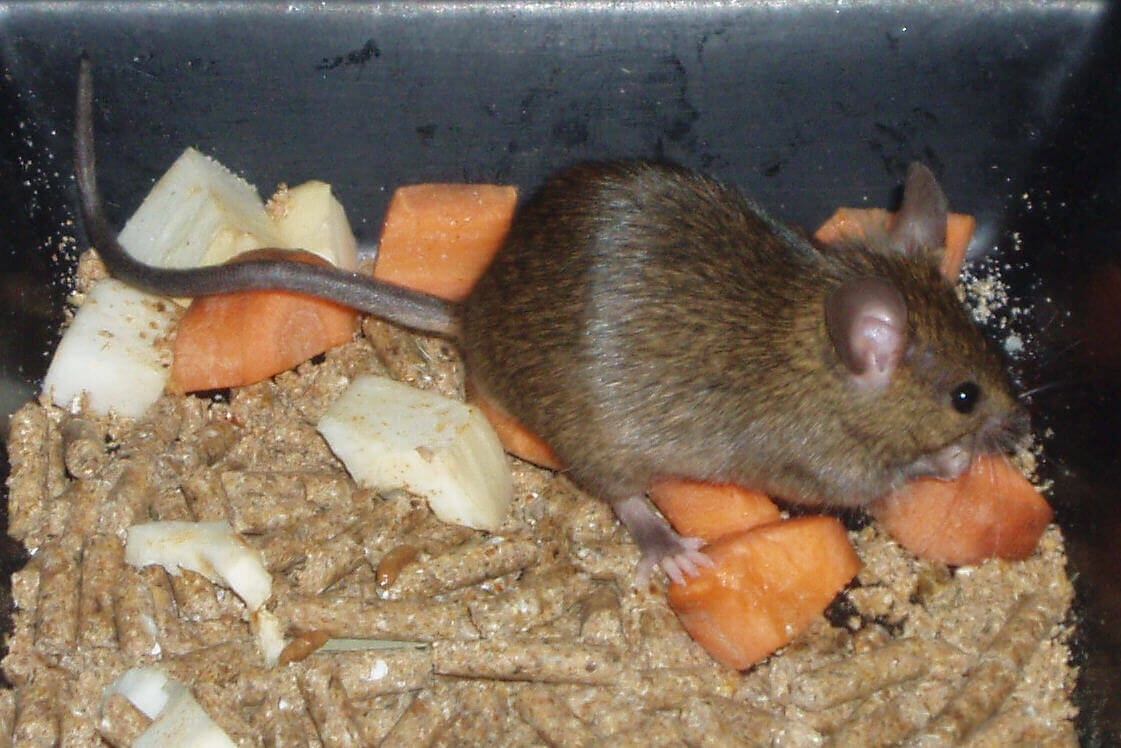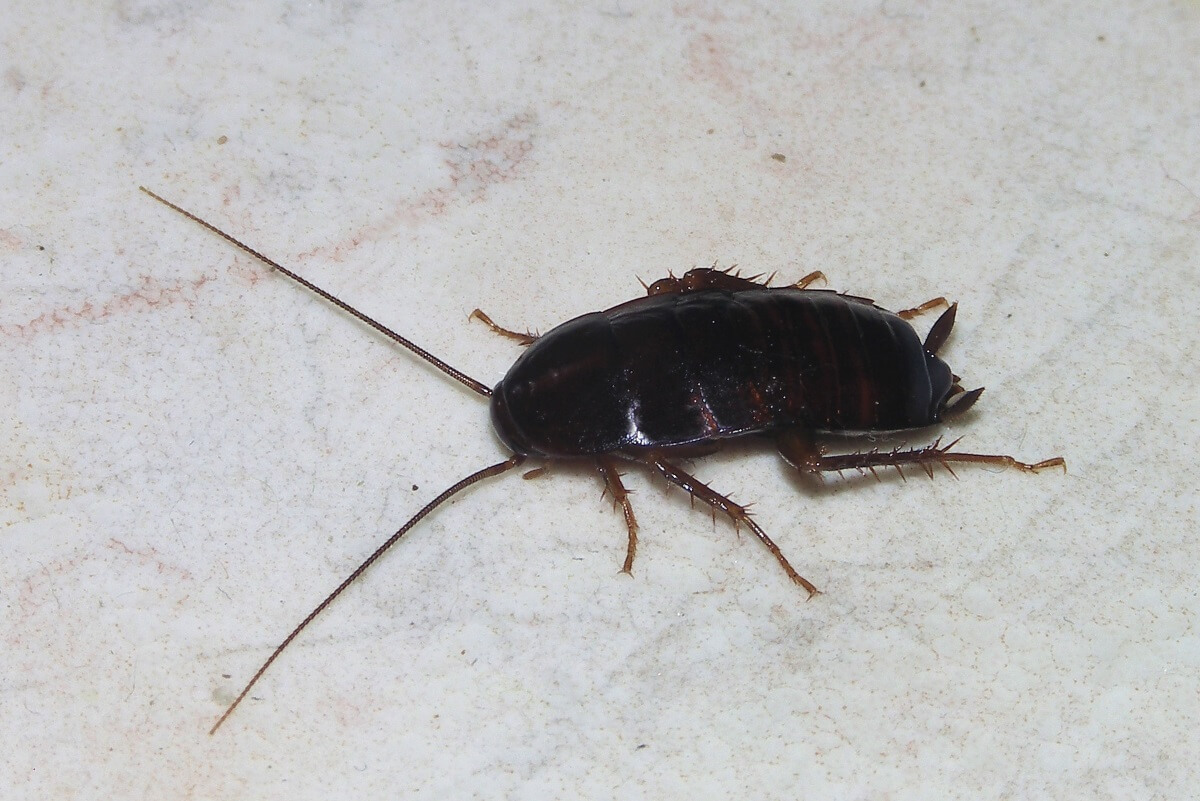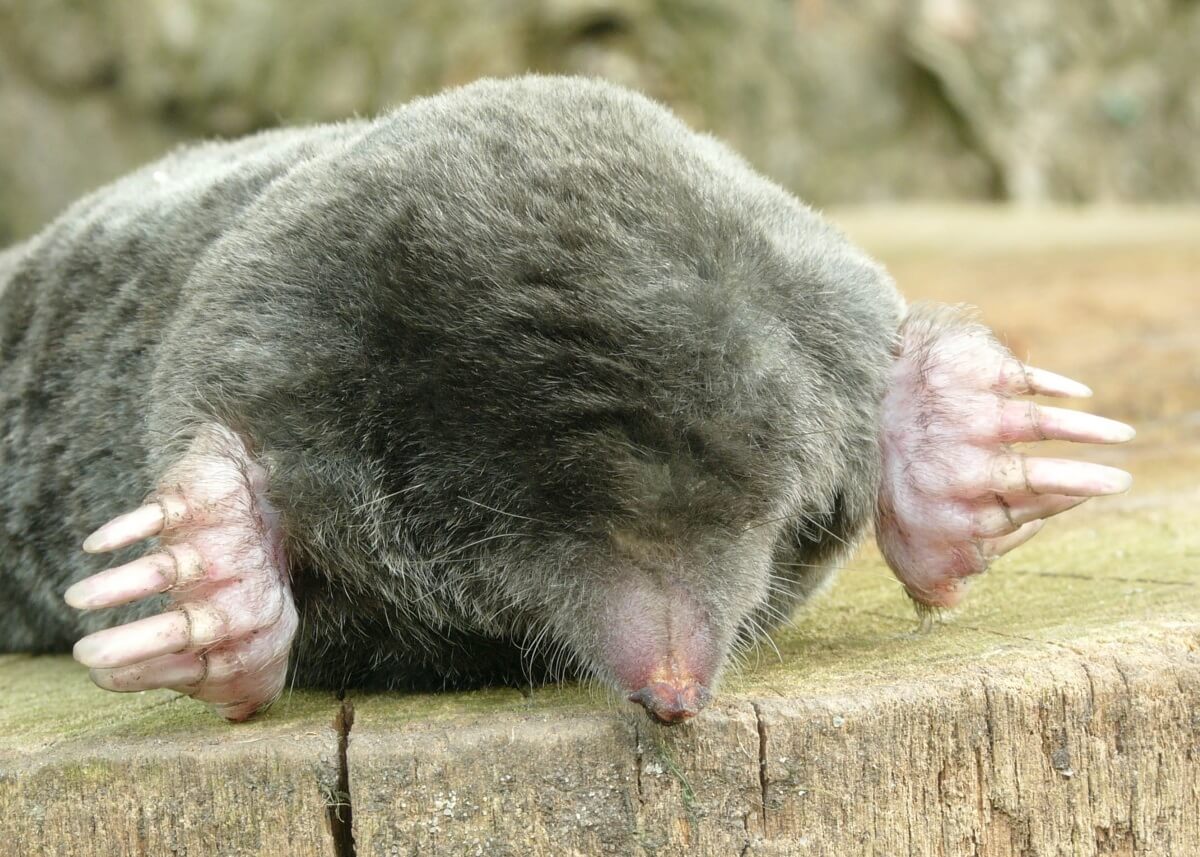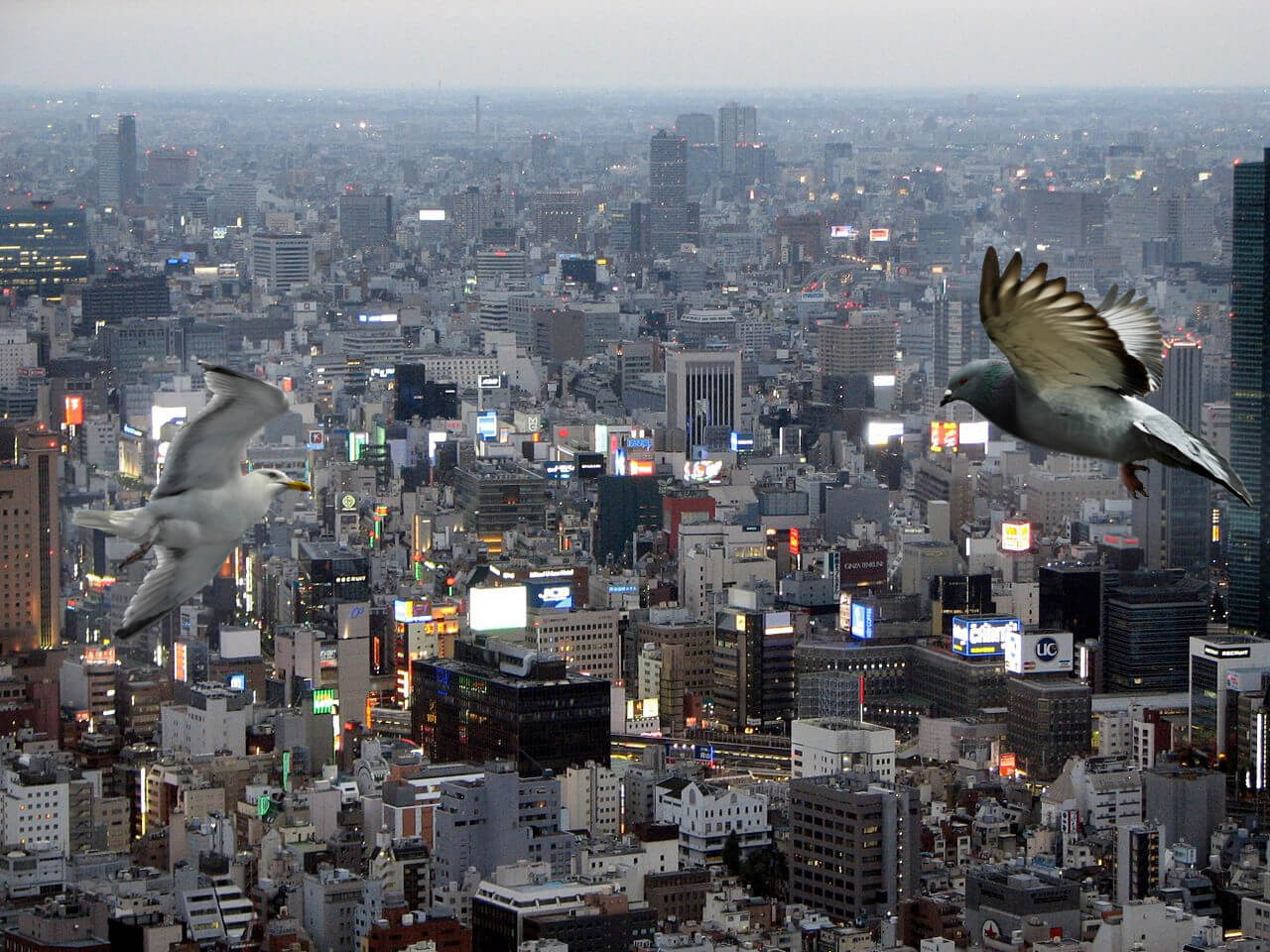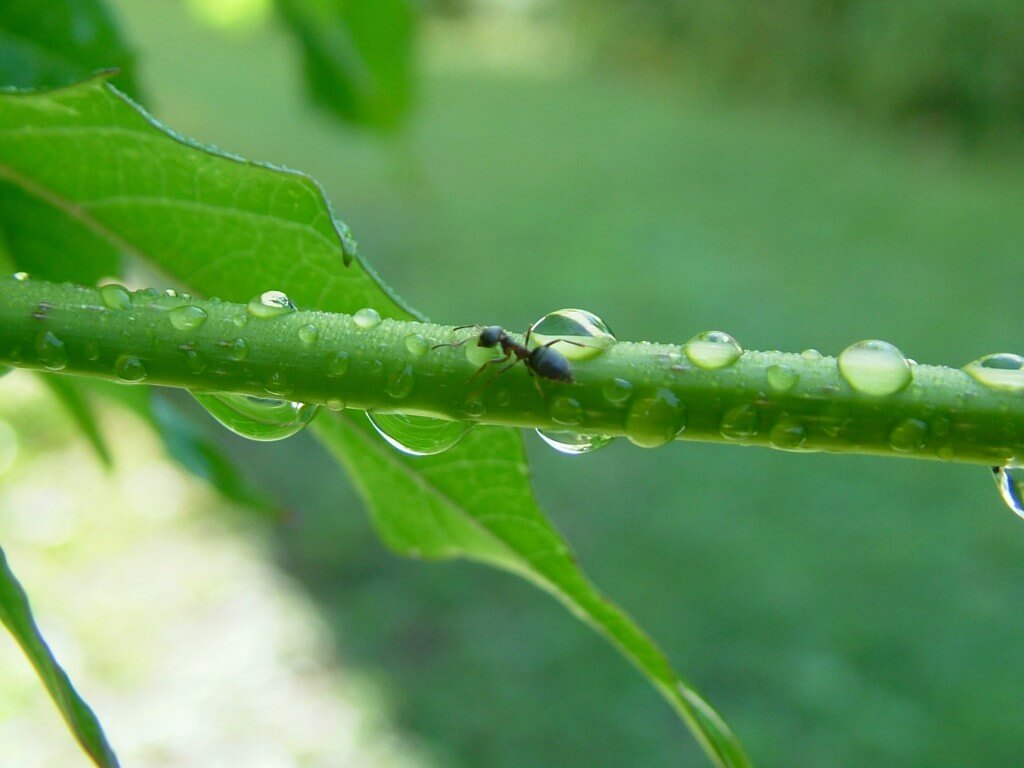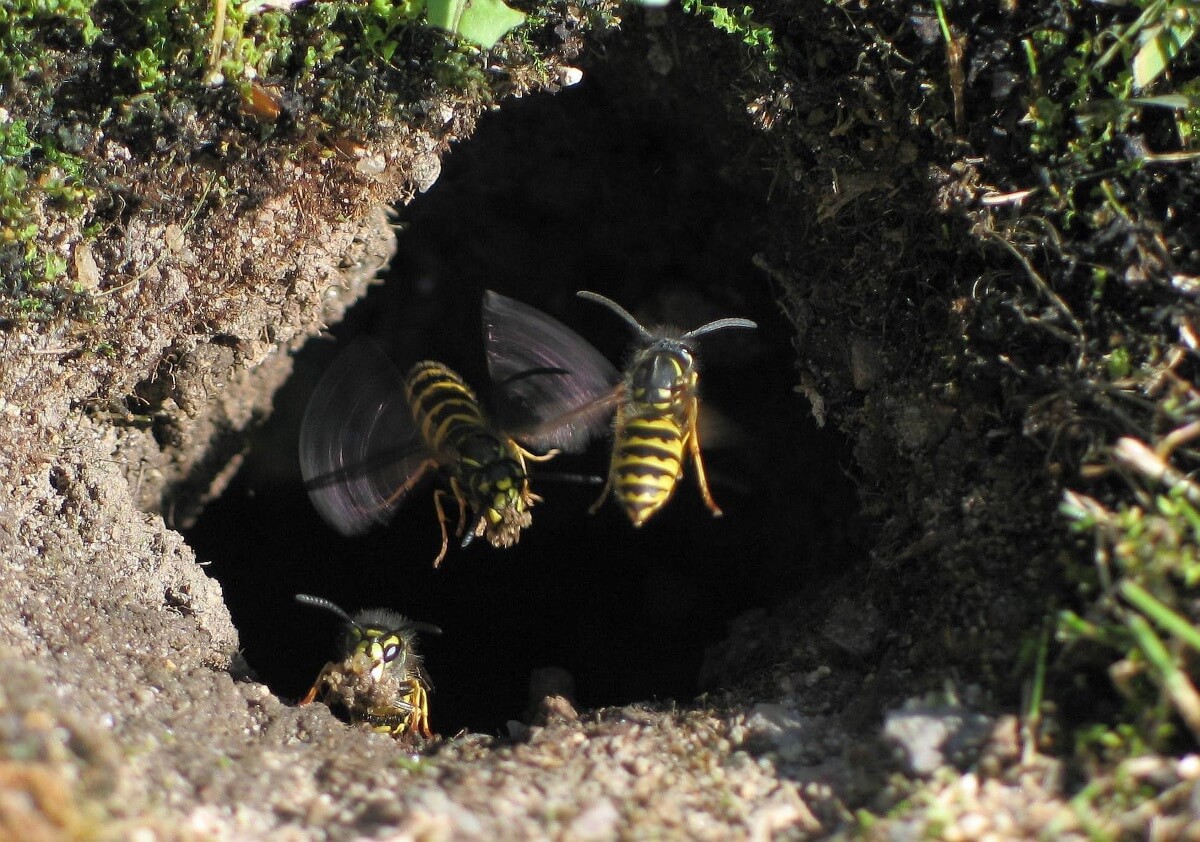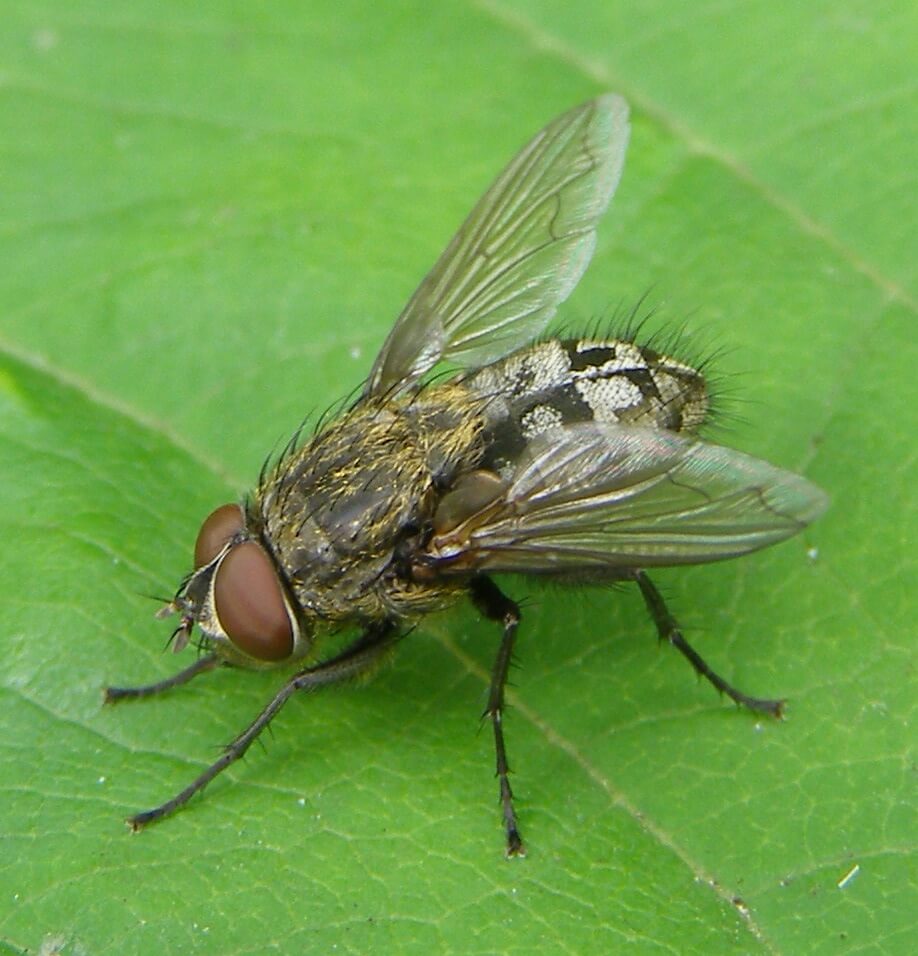Blue Bottle Fly Pest Bio
Description
It is 10–14 millimetres (0.4–0.6 in) long, slightly larger than a housefly. The head and thorax are dull grey and the abdomen is bright metallic blue with black markings. Its body and legs are covered with black bristle-like hair. It has short, clubbed antennae and 4 tarsi per leg. The eyes are red and the wings are transparent. The legs and antennae are black and pink. The chest is bright purple and has spikes to protect themselves against other flies. These insects like to fly in packs in order to detect possible prey more efficiently.
Life Cycle
A female blue bottle fly lays her eggs where she feeds, usually in decaying meat, garbage, or faeces. Pale whitish larvae, commonly called maggots, soon hatch from the eggs and immediately begin feeding on the decomposing matter where they were hatched. After a few days of feeding, they are fully grown. At that time they will crawl away to a dry place where they can burrow into soil or similar matter to pupate into tough brown cocoons. After two or three weeks, the adults emerge to mate, beginning the cycle again. During cold weather, pupae and adults can hibernate until higher temperatures revive them.
| Blue Bottle Fly Pest - Bio | |
| Pest Temperament | Opportunistic |
| Pest Length | 10–14 millimetres (0.4–0.6 in) |
| Pest Weight | 11.5 mg |
| Pest Typical Life Span | 6 weeks |
| Pest Attracted By | Rotting Material |
| Pest Active Time |
Diurnal |
| Pest Special Ability |
Compound Eyes That See in Many Directions at Once |
- Category: Pests Bio
- Tags: Blue Bottle Fly, Flies

